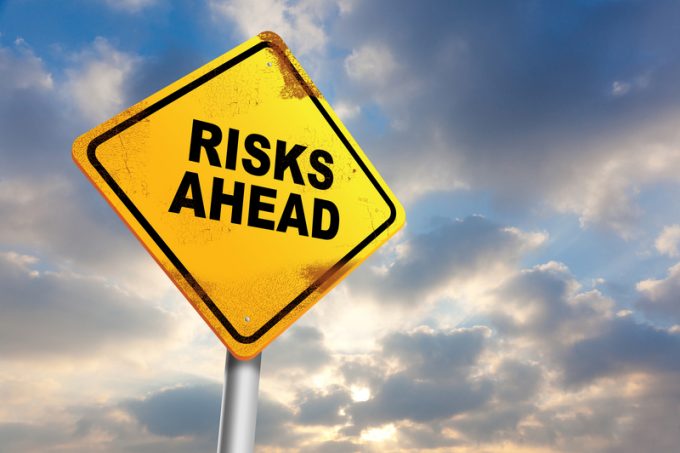De minimis change would be 'no bad thing' for logistics operators
Logistics suppliers appear increasingly unfazed by the chaos emanating out of the White House and ...

The top ten supply chain risks this year include raw material shortages, safety recalls, climate change and containership fires – alongside more obvious concerns, such as trade wars and the economy.
A report on supply chain resilience, published this morning by DHL, examines the biggest risks and where supply chains are most vulnerable.
Top concern is that trade wars will lead to restructured supply chains: Harley Davidson’s decision to move manufacturing from the US to Brazil and Thailand is cited as an example.
DHL’s Resilience360 ...
Ecommerce air traffic to US set to grind to a halt as de minimis exemption ends
Maersk u-turn as port congestion increases across Northern Europe
Apple logistics chief Gal Dayan quits to join forwarding group
Widespread blanked sailings stave off major collapse of transpacific rates
Transpac rates hold firm as capacity is diverted to Asia-Europe lanes
Airlines slash freighter capacity post-de minimis, but 'the worst is yet to come'
Houthis tell Trump they will end attacks on Red Sea shipping
MSC revamps east-west network as alliance strategies on blanking vary
Maersk Air Cargo sees volumes fall as it aims for 'margin in favour of revenue'
India-Pakistan 'tit-for-tat' cargo ban sparks sudden supply chain shocks
Gemini Cooperation carriers steam ahead of rivals in reliability stakes
Containership charter market feels the ripples from trade tensions
Changing shipment origin won't wash: US CBP turns away whole truckloads
Expeditors reports healthy growth in a 'frenzied landscape of tariffs'
Tariff on imported products for drugs would be hard for US pharma to swallow
Atlas Air stays bullish on US change: 'we're flexible, we can fly to other markets'


Comment on this article